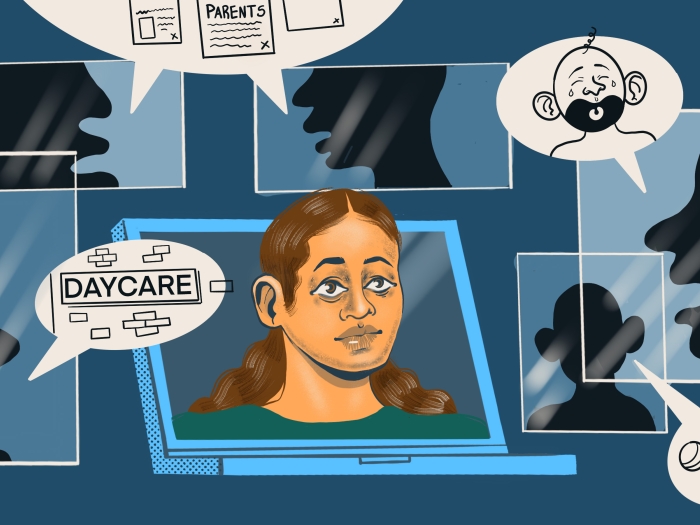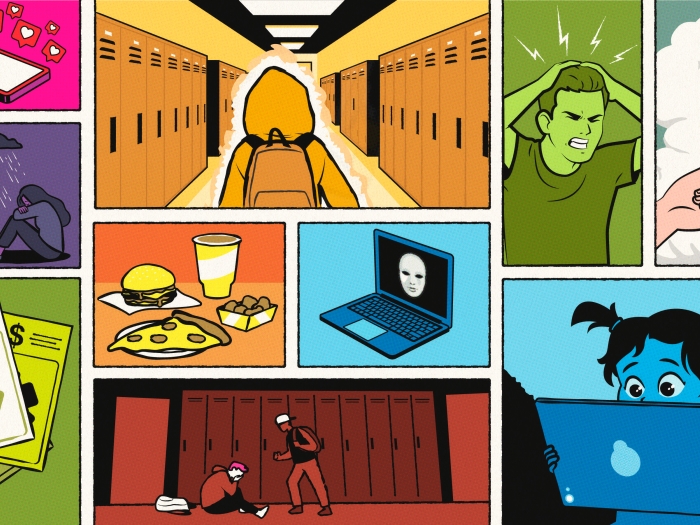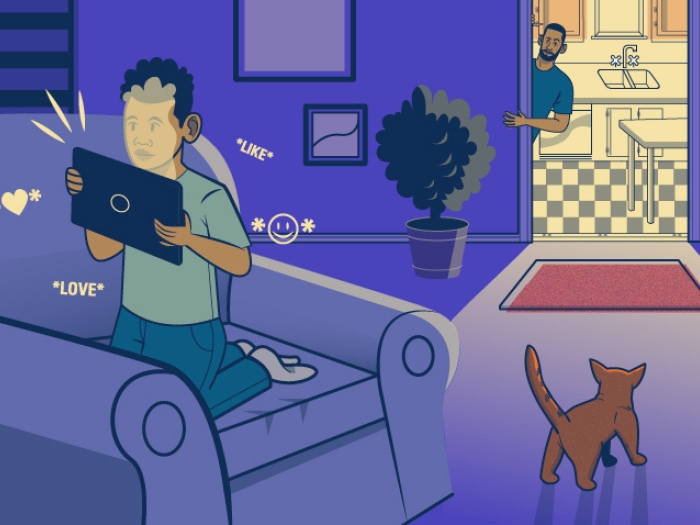Yes, it’s important to call out children’s bad behavior. But it’s crucial to acknowledge their positive actions, too.
7:00 AM
Author |

The underlying goal of a timeout is to discourage bad behavior by putting your children in a boring situation they'd prefer to avoid.
MORE FROM MICHIGAN: Sign up for our weekly newsletter
For timeouts to be effective, they must be balanced with "time in" — in other words, giving your child the attention he or she craves when behaving well.
Children crave the attention of their parents or caregivers. They prefer this attention to most anything. They like it more than any candy, toys, video games, videos and screens.
In the end, children want nothing more in this world than to bask in the light of their parents' one-on-one attention. If we can fill their "attention tanks" in response to good behavior, they'll be less likely to seek attention by acting out.
Children develop high levels of self-esteem through brief verbal praise and warm physical contact with family members. So strive to catch your child being good at least 50 times each day. Interactions can be brief, lasting one or two seconds — a pat on the back, a high-five, a kiss, a hug, playfully mussing up their hair.
It is also helpful to set aside at least 10 or 15 minutes daily to give your child one-on-one attention. I like to encourage the "child's game." Relax and enjoy this time with your child. Let your child guide the activity; do not turn it into a mini quiz bowl where you are peppering the conversation with questions about colors, numbers or shapes, for instance.
During the child's game, think of yourself as an overly enthusiastic sports announcer. Describe what your child is doing in such detail and with such energy that you'd be embarrassed if another adult were observing.
Outside of these times, get into the habit of catching your child doing good things.
After all, it's easy to integrate reprimands into our day ("Put that down!" or "Leave your sister alone!"). Your goal is to make positive reinforcement just as natural.
A guide to timeout
Children sometimes misbehave. As parents, it is our job to guide them to better behavior.
One effective technique is the use of timeout.
SEE ALSO: When Your Kids Should — and Shouldn't — Use Digital Media
In general, a timeout involves placing your child in a boring place for a short period of time — a step, a chair, the floor or even the base of a tree if you are outside (just be sure it isn't a scary place such as a garage or dark basement).
We've all seen or used variations of this method. If you stopped using timeout because it didn't seem to work, however, a few important adjustments could make the concept truly effective.
Here's what to do in most situations:
-
Following behavior you don't like, briefly explain the problem behavior and the consequence: "You threw a toy at the dog. Time out." Calmly guide the child to a timeout location. If you have to carry your child to get there, hold him or her facing away from you so it isn't mistaken for a hug.
-
Have your child sit or stand in the designated location for one to five minutes. It's important to alternate such locations so you can use this technique even if you are away from home. Vary the length of the timeouts to take away the predictable nature.
-
Ignore any cries, screams or other bad behavior during the timeout. Children needn't be silent during timeout, but if they leave their spot before time is up, guide them back without saying a word. Try to avoid eye contact, too. We call it a "robot return."
-
When timeout is over, go to your child, get down to his or her level and state that timeout is over. Do not demand an apology or process the bad behavior. If your child continues to prematurely leave timeout, calmly return your child to the location one last time and then quickly release them. This allows you to be the one who determines when the timeout is over and ends a cycle that is going nowhere. Try not to let timeout go beyond five minutes.
-
If your child resumes the bad behavior after being released, put him or her back in timeout. Consistency is key, so determine which behaviors will result in a timeout and stick with it. Explain and practice timeouts before you need to use them.
-
If your child returns to appropriate behavior after the timeout, get back to "time-in" and move forward. Do not go back and lecture or process the timeout or the problem behavior that led to it. Move forward.
Finding a balance
Remember, make sure you are giving enough "time in" before you use timeout. If you point out only what children should not do, they have a hard time figuring out exactly what we do want them to do. Removing parent attention (time in) is the most important part of timeout. If there is no parent attention to remove, timeout will not work well.
Timeout can work well for children from 18 months to about age 7. For younger children, it's best to ignore the bad behavior. Avert your gaze, put them down or leave the room.
It is important to understand that children at this age do not learn well from explaining, lecturing or appealing to a sense of logic. They are at a "show me" developmental stage, not an "explain it to me" stage.
These strategies will not work overnight. To create behavior change, you will need to consistently implement time-in and timeout strategies over time. Stick with it, and over weeks and months you should see that children's behavior gravitates to where you give the attention. So make sure most of the attention they get is for the good stuff!

Explore a variety of health care news & stories by visiting the Health Lab home page for more articles.

Department of Communication at Michigan Medicine
Want top health & research news weekly? Sign up for Health Lab’s newsletters today!





